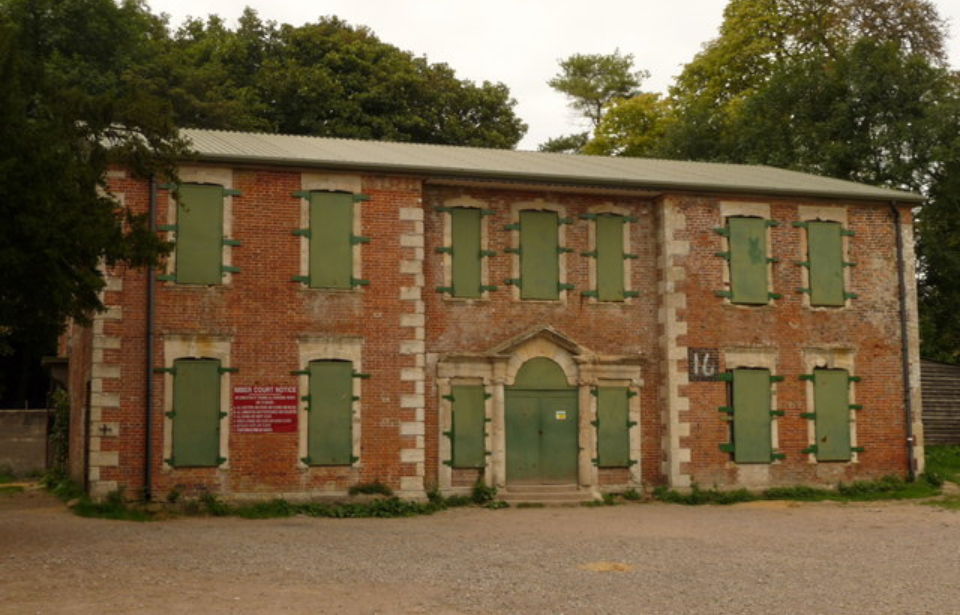The British Isles are renowned for their dense population, with over sixty million people residing across England, Scotland, Wales, and Northern Ireland. This high population density is a testament to the region’s rich history, economic opportunities, and cultural attractions. Despite the crowded nature of these islands, there are over 3,000 lost settlements documented throughout the country. These lost settlements include deserted medieval villages, hamlets, and other small communities that have vanished over time.
However, truly abandoned villages, where no one resides, and the buildings stand empty, are a rarity. Among them is the village of Imber, which stands out due to its unique history and circumstances.
Salisbury Plain is a quiet military zone
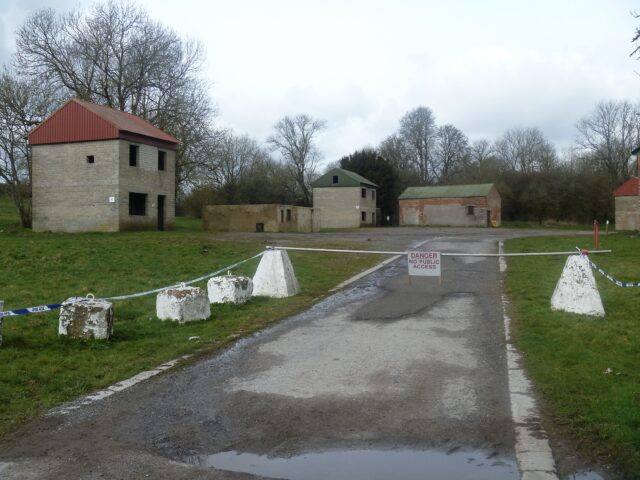
Salisbury Plain is a vast expanse of rolling chalk downland in Wiltshire, England, covering an area of approximately 25 miles by 10 miles. This quiet and remote area is primarily used for army training exercises, making it one of the largest military training grounds in the United Kingdom. The Ministry of Defence (MOD) owns and manages the land, ensuring that it remains a secure and controlled environment for military activities.
Nestled within this military zone lies the lost village of Imber. The village of Imber is situated in the heart of Salisbury Plain, and its location within MOD land means that public access is highly restricted. The MOD’s ownership and use of the land for training purposes have contributed to the village’s abandonment and preservation as a historical site.
Medieval Imber to the 20th century
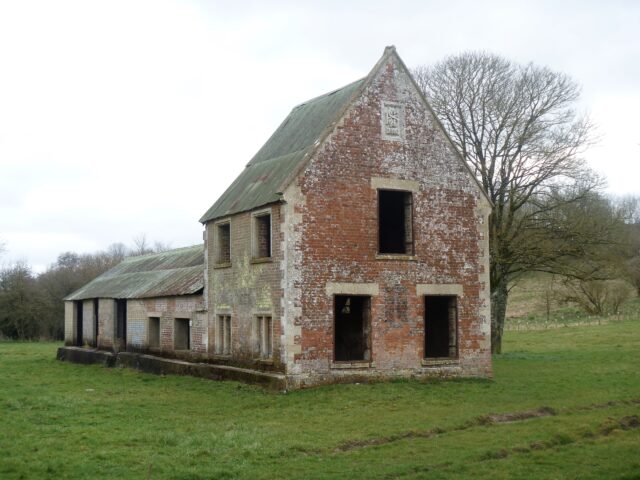
The village of Imber boasts a long and storied history, with evidence of settlement dating back to 967 AD. The Domesday Book of 1086 records Imber as a small settlement with seven households. By the 14th century, the population had grown to around 250, reflecting the village’s development and prosperity.
The population of Imber peaked at 440 in 1851, during the height of the agricultural revolution. However, by 1931, the population had dwindled to 152 as people left for work in growing towns and cities. This decline was part of a broader trend of urban migration that affected many rural communities across the British Isles.
The MOD takeover started in 1890
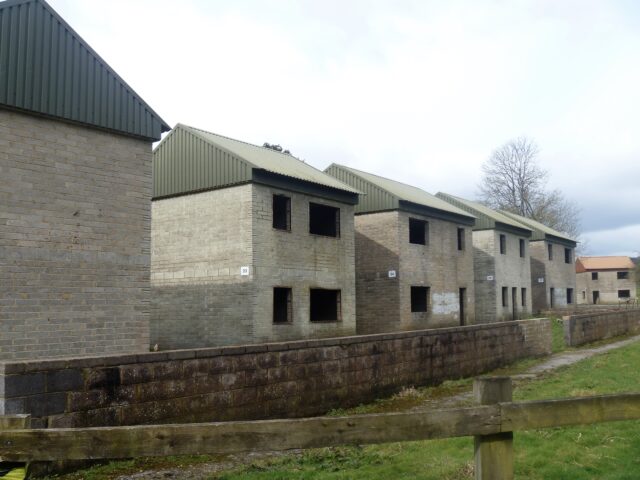
The MOD began purchasing land in the village of Imber in 1890, gradually acquiring properties and renting them to the villagers. The residents believed they had a permanent home, and life in the village continued peacefully for many years. At first, the MOD’s presence was initially unobtrusive, and the villagers carried on with their daily routines.
However, the situation changed dramatically in the early 1940s as the world was engulfed in the turmoil of WWII. The strategic importance of Salisbury Plain for military training became increasingly apparent, and the MOD’s plans for the village of Imber took a new direction.
World War II evacuation
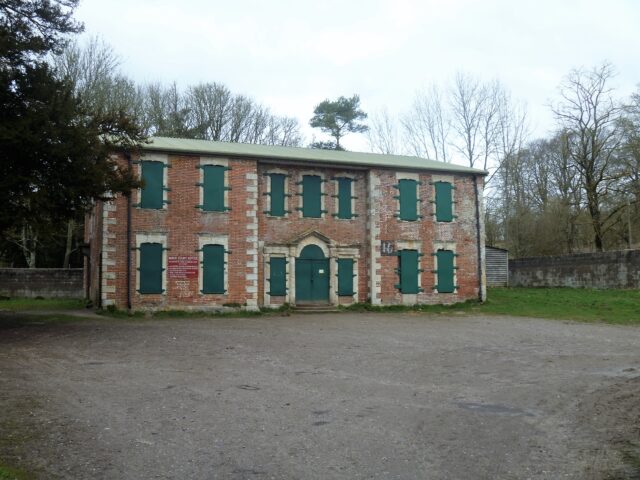
In November 1943, as WWII raged on, the MOD commandeered the village of Imber for training exercises. The remaining inhabitants were given just 47 days to leave their homes, a devastating blow to those who had lived there all their lives. The sudden evacuation was a traumatic experience for the villagers, who were forced to abandon their homes, farms, and community.
The evacuation of Imber was part of a broader effort to prepare British troops for the D-Day landings and other military operations. The village’s location and terrain made it an ideal training ground, but this came at a great cost to the residents who were displaced.
Leaving Imber in a hurry
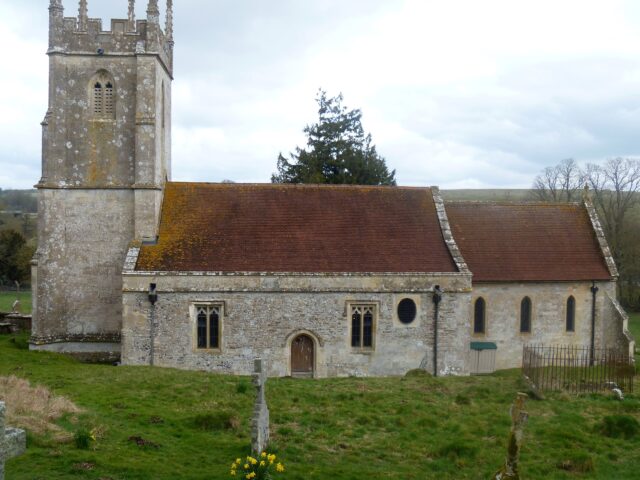
The villagers’ sudden eviction from the village of Imber was heartbreaking and left a lasting impact on those who were forced to leave. The emotional toll of the evacuation was profound, as families were uprooted from their homes and separated from their community. The sense of loss and displacement was keenly felt by all who were affected.
One particularly tragic story is that of Albert Nash, the village blacksmith. Albert was so distraught by the eviction that he was found crying over his anvil, unable to come to terms with the loss of his home and livelihood. Tragically, Albert died within a month of leaving Imber, and his death certificate cited a “broken heart” as the cause.
A terrible accident cover-up
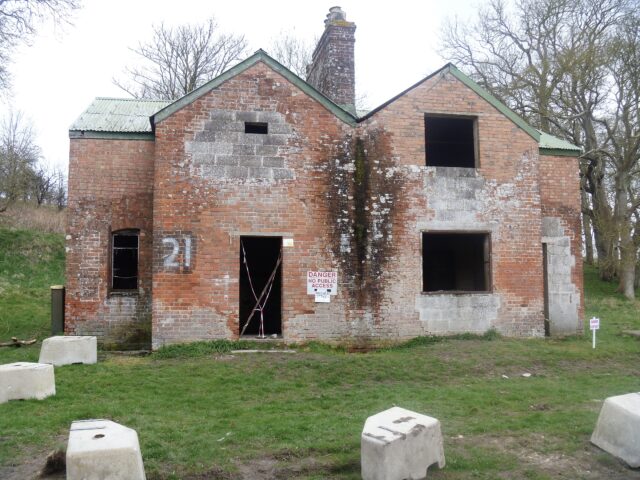
In 1942, a tragic accident occurred during a military demonstration involving an RAF Hawker Hurricane. The aircraft mistakenly opened fire on spectators, resulting in the deaths of 25 people and injuries to 71 others. This incident was poorly reported at the time, overshadowed by the chaos and urgency of the ongoing war.
The accident and its aftermath were shrouded in secrecy, and the full details were not widely known for many years. The tragedy added to the sense of loss and sorrow associated with the village of Imber, further contributing to its haunting legacy.
Villagers’ fight to return
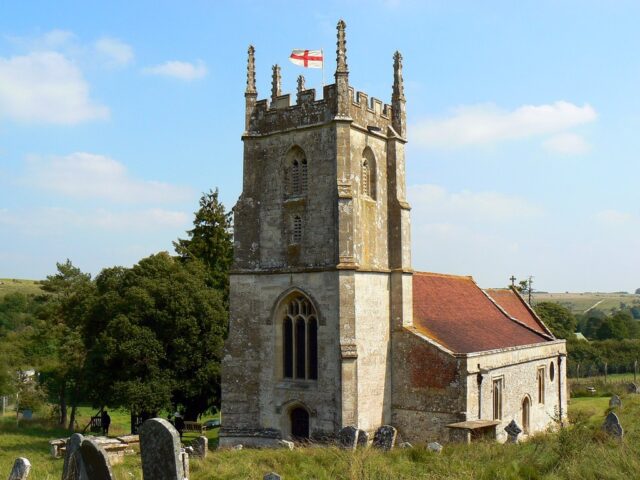
After WWII, the former villagers of Imber fought to return to their homes, claiming that the War Department had promised they could come back once the war was over. In 1961, a protest saw 2,000 people breach security to support the villagers’ cause. The protest was a significant event, drawing attention to the plight of the displaced residents and truly showcasing their desire to return to the village of Imber.
However, despite their efforts, the MOD maintained that Imber was still needed for military training, and the villagers ultimately had to admit defeat.
The ghosts and creatures of Imber
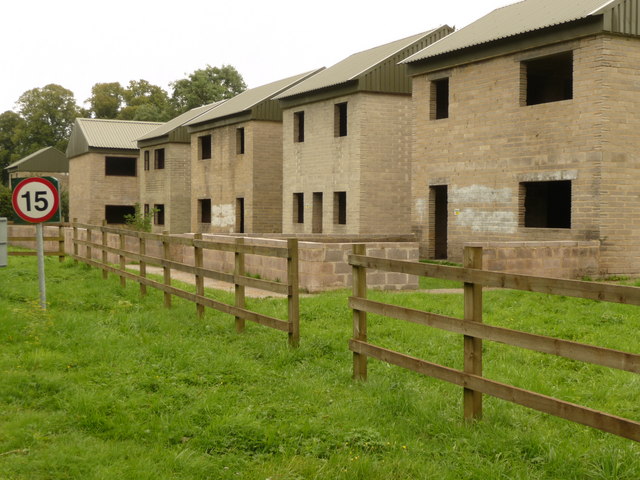
One thing that the village of Imber has long maintained is the presence of ghosts and other spirits. In 1880, a couple reported seeing a white-robed figure near New Zealand Farm on Imber Down, possibly an ancient Druid, and in 1976, a man recounted his grandparents’ story of seeing a white hare with a golden chain being chased by a white greyhound.
Soldiers stationed in the village of Imber have reported eerie experiences, including ghostly figures, strange noises, and the smell of burning fires in empty buildings. These tales of supernatural encounters add to the village’s haunting legacy and intrigue. Ghostly highwaymen and a headless man have also been spotted on the old coaching road to Bath. Some believe these are linked to the area’s history of highway robbery, and they ultimately add a sense of danger and mystery to the village of Imber.
The Bell Inn, once a bustling pub, is now a shell of its former self. Dark shadows, voices, and the sound of a forge have been reported in the empty building. Additionally, Imber Court, the village manor house, is said to be haunted by a lady holding a candle and the sounds of hunting dogs. Mysterious graffiti also appears overnight in the village, adding to its enigmatic and ghostly reputation.
The lost village
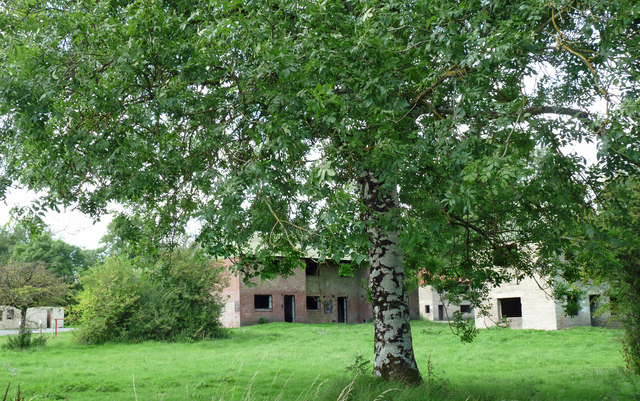
More from us: 6 Modern Ghost Towns That Are the Result of Natural Disasters
The village of Imber has a sad and eerie atmosphere, marked by signs of military activity and abandonment. Despite this, efforts are made to maintain St. Giles Church and keep the village’s history alive. Its history, ghostly tales, and haunting atmosphere make it a unique and fascinating destination for those lucky enough to visit.
